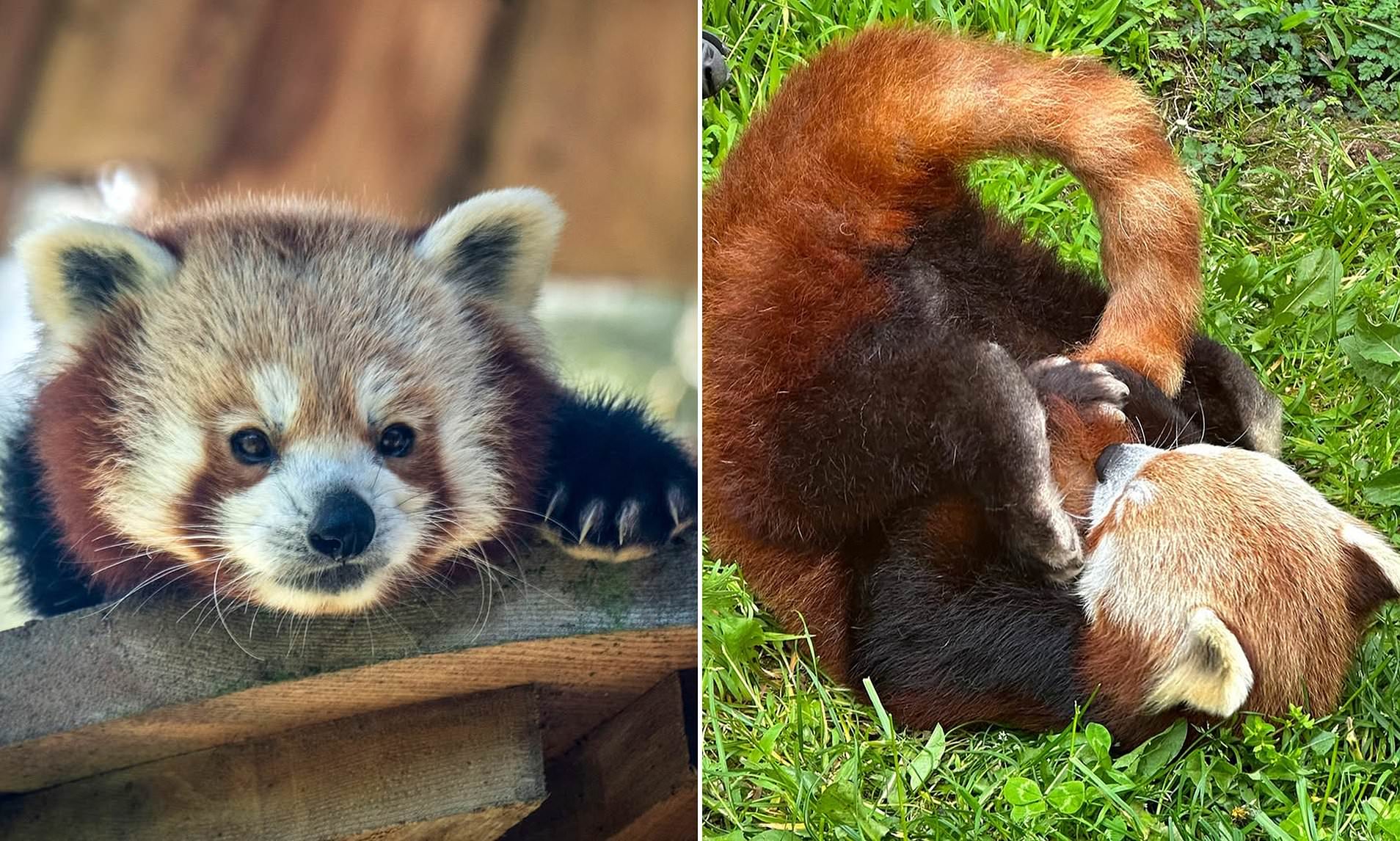Tragic Passing of Tenzing, the Beloved Red Panda at San Francisco Zoo
The San Francisco Zoo recently mourned the loss of a beloved 12-year-old red panda named Tenzing, who passed away after battling a rare and serious illness. Known for his playful nature and entertaining somersaults, Tenzing had become a fan favorite among visitors and zoo staff alike.
Sudden Health Decline
Tenzing began experiencing intermittent neurological symptoms that raised concerns among the zoo’s medical team. Over time, these symptoms worsened, with episodes becoming more frequent and lasting longer. The zoo shared updates on social media, detailing his struggles with balance and other health complications. Despite the dedicated care provided by the animal health team, Tenzing’s condition deteriorated rapidly, leading to his peaceful passing.
Diagnosis and Medical Care
After conducting several imaging sessions and tests, the zoo discovered that Tenzing had sarcocystosis, a parasitic infection common in red pandas. While this condition is not uncommon, it can be severe, especially in older animals. Tenzing received intensive medical treatment throughout his illness, but the disease progressed too quickly for recovery.
A Life of Playfulness and Artistry
Tenzing was part of the Association of Zoos and Aquariums’ Species Survival Plan, which aims to protect and preserve endangered species like the red panda. He arrived at the San Francisco Zoo in 2014 and quickly became a standout among the zoo’s residents. His playful personality and unique antics made him a favorite among visitors, often featured in viral videos that showcased his lively spirit.
Beyond his entertainment value, Tenzing was also known for his participation in his own healthcare. He exhibited voluntary behaviors such as stepping onto a scale, entering a crate, and even holding a brush to create his signature watercolor paintings. These actions demonstrated his intelligence and cooperation with the zookeepers.
A Legacy of Conservation
Red pandas are classified as an endangered species due to threats such as poaching, habitat loss, and illegal hunting. Less than 10,000 remain in the wild, with nearly 50% of their habitat located in the Eastern Himalayas. Deforestation and the loss of bamboo forests have significantly impacted their population. Additionally, red pandas are often caught in traps meant for other animals or hunted for their distinctive fur.
Tenzing lived a full life under human care, reaching the age of 12—well beyond the typical lifespan of red pandas in the wild, which ranges from eight to 10 years. The zoo honored his contributions to conservation and his role as an ambassador for his species.
Emotional Reactions from Fans
The news of Tenzing’s passing brought an outpouring of grief from fans around the world. Many expressed their sorrow through heartfelt messages on social media. One fan wrote, “So sad. We loved seeing him on our many visits.” Another commented, “Oh Tenzing. I’m so sorry you were sick. What an incredibly sad loss for your zoo family, the Red Panda family, and all who loved you all around the world.”
Another message read, “I’m speechless. My deepest condolences to everyone.” These tributes highlight the deep connection people felt with Tenzing, who had touched the lives of many during his time at the zoo.
Continuing the Legacy
Although Tenzing is no longer with us, his legacy will live on through the conservation efforts he inspired. The San Francisco Zoo emphasized that Tenzing was more than just an ambassador for his species—he was a cherished member of the zoo family. His memory will continue to motivate future conservation work and raise awareness about the importance of protecting endangered wildlife.







